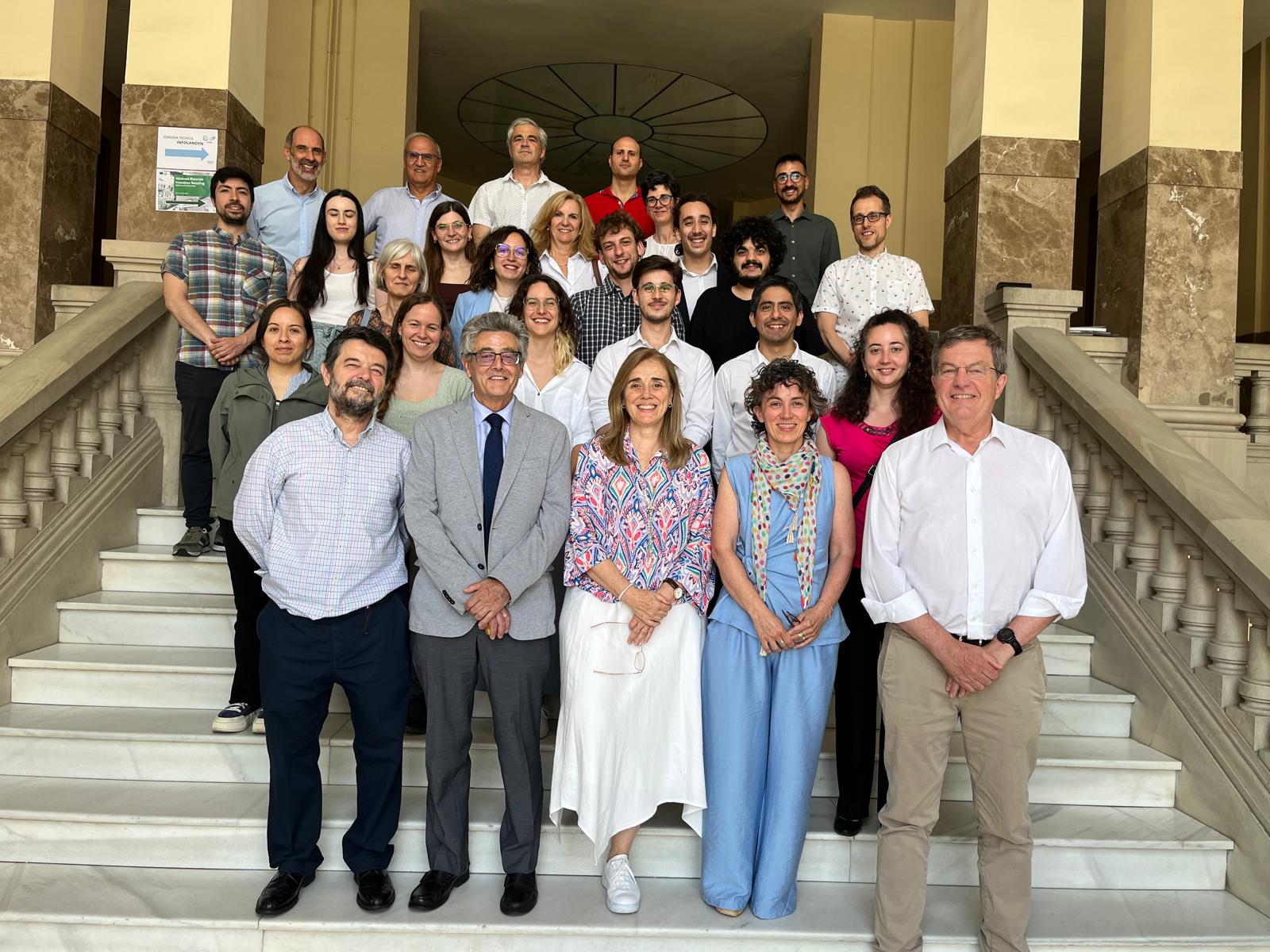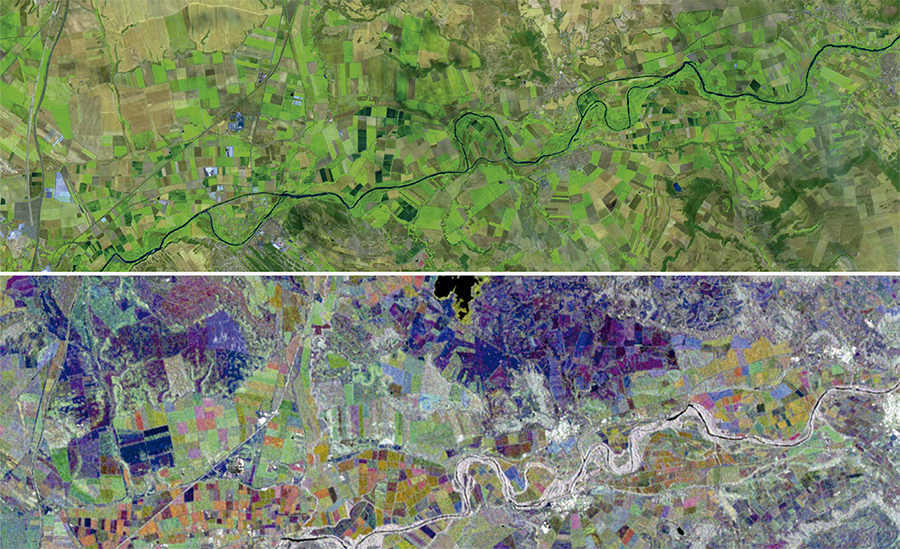



GLOBAL CHANGE IMPACTS





Estimating production in cereal fields allows farmers to obtain information on improving management in their following campaigns and avoiding losses. The main objective of this work was to estimate grain production in cereals (wheat and barley) in the 2019 and 2020 campaigns in three provinces of Central Spain. The model was based on the prediction of the maximum values of the Sentinel-2 Normalized Difference Vegetation Index (NDVI) time series with ARIMA and multiple linear regression models. The highest correlation was found between grain yield and the variables’ five-month cumulative rainfall and maximum greenness (NDVImax).
In june the InfoLandyn conference took place, where people representing companies such as QUASAR SR, ESRI, PROSECAR, TRAGSATEC attended.

We have contributed to the XIX Congress of the Spanish Remote Sensing Association (AET) with the following communications: Monitoring of rice seasonality using Sentinel-2 time series in Guayas (Ecuador) presented by Laura Recuero Pavón. Identification of maize dynamics in areas with a high level of cloudiness (Ecuador) with NDVI-MODIS time series presented by César Sáenz Flores.

Doctoral thesis reading
Our colleague Víctor Cicuéndez López-Ocaña recently read his doctoral thesis entitled Assessment of different components of the Carbon flux in forest and agricultural
ecosystems using remote sensing data and field measurements.
You can read it Here: